In late 2015, having left the demands of corporate work behind, I returned to sailing after an absence of 35-plus years as crew on an Elan 310 fractional sloop, racing as a member of the Royal Brighton Yacht Club on Port Phillip Bay in Victoria, Australia. I quickly started looking around for a suitable sailboat that I could use on non-racing days. To my dismay, I discovered that Australia, unlike the U.K., U.S., and many European countries, offered a paucity of viable craft. Many, if not most, of the available boats ranged from 30 to 50 years in age and, more often than not, required a major overhaul or a dignified burial.Over the next three years, I took several wrong turns and traveled hours to view duds with more holes than the ridiculous number of zeros in the asking price. But at last, I narrowed my search and settled on looking for a trailerable sailboat. I also knew that it needed to be a boat I could sail on my own with minimal help, if needed, from my wife. In late 2019, I happened upon Bluewater’s Cygnet 20.The Cygnet 20 originated in 2013 with a brief by Bluewater Cruising Yachts’ founder, David Bradburn, presented to yacht designers Will Hardcastle and Peter Lowe, to create an entry-level cruising yacht at an affordable price, with overnight or weekend accommodation for a couple or family of four. In August 2017, the prototype was launched at the Sydney Boat Show.
Join The Conversation
We welcome your comments about this article. If you’d like to include a photo or a video with your comment, please email the file or link.



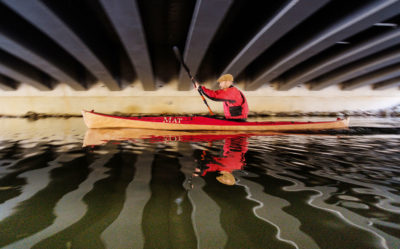
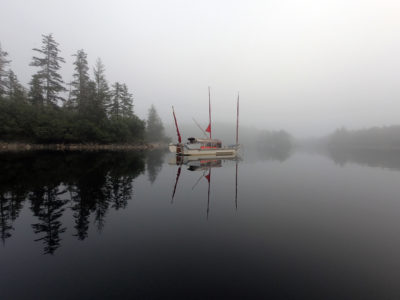
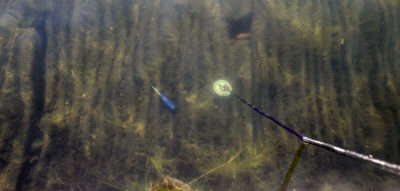
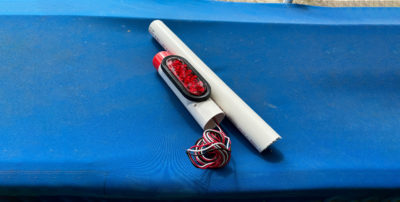
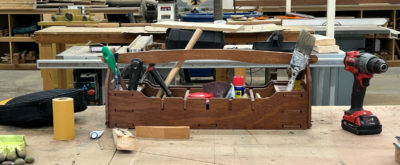
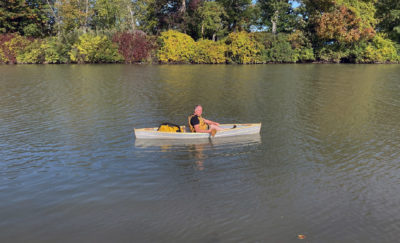

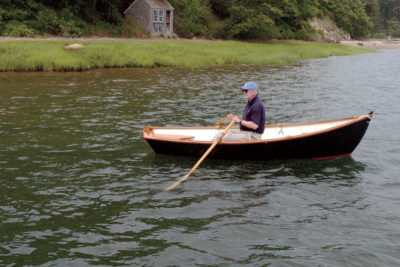
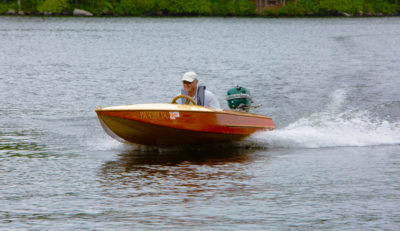

I really like this design and the size is my favorite, easy to trailer and launch, and keep at home and visit many different places. I’m not a fan of the sliding Gunter mainsail rigging, and would consider changing that with recommendations from the designer.